Bag for the camera
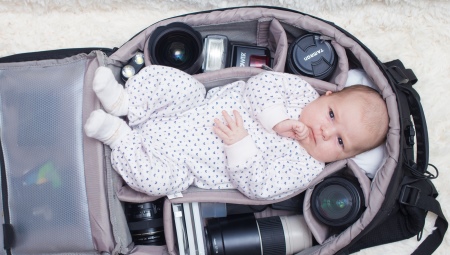
In the arsenal of a professional photographer and a keen amateur there are accessories, without which the transportation of equipment will be problematic. We are talking about camera bags that are created especially for the owners of equipment.
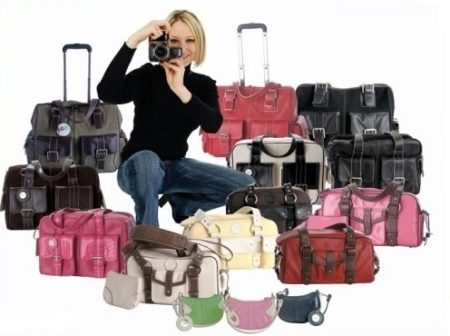
Peculiarities
When purchasing a camera, the buyer is faced with a choice - to take a camera bag or not. In this case, a person may be guided by a desire to save money or proceed from the fact that he is not going to often carry equipment with him. However, transporting equipment without the use of specialized accessories will result in premature failure.
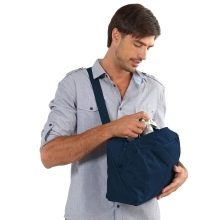
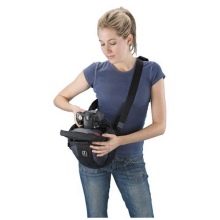
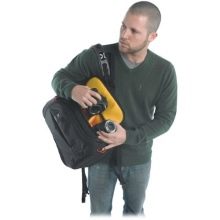
The bags are designed with the needs of photographers in mind and are sized to fit the specific equipment. Covers will be useful not only for professionals who go to the shooting, but also for beginners or tourists. The accessory is especially convenient when traveling, when you can hang it around your neck or shoulder, freeing your hands or space in your suitcase.
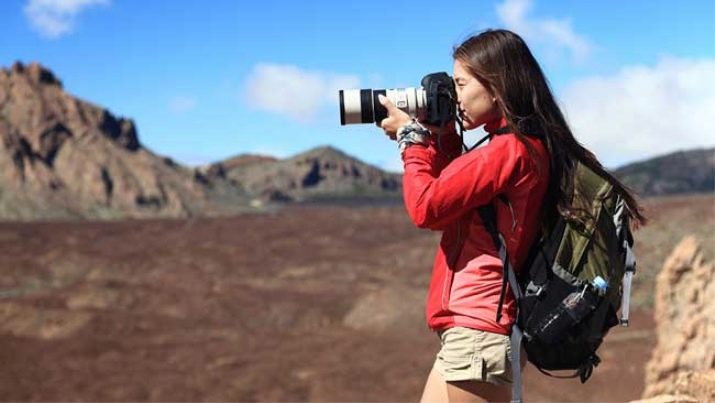
Camera bag functions:
- transportation of equipment over long distances;
- storage of additional accessories, cables, chargers;
- protects the camera from shock, water and dirt.

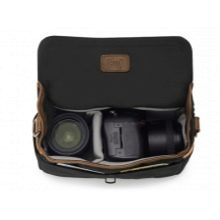

DSLR and digital camera cases vary in size. The latter are characterized by their compactness, therefore small bags are suitable for them, which can be hung around the neck, carried in hand or put into a regular backpack. As a rule, such accessories are devoid of additional pockets and compartments.

Different accessories are also available for each DSLR model. The largest are full-frame professional cameras, often carried in specialized backpacks.
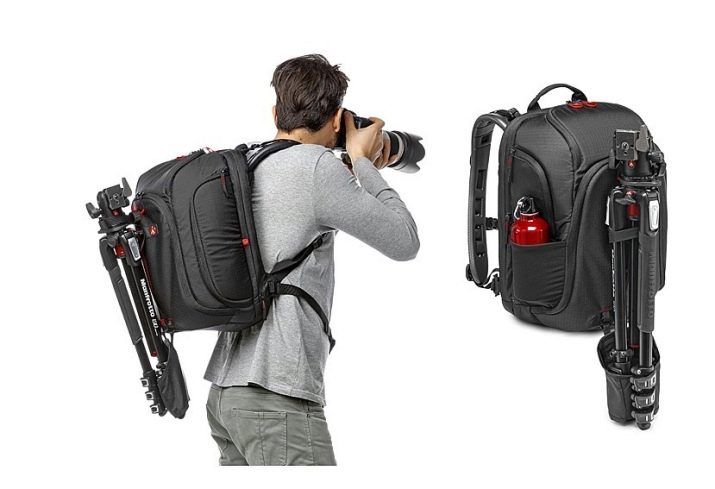
And the lines of amateur equipment, for example, Nikon d3300, Canon eos1200d, Canon 600d, Nikon d3200 are placed in relatively small trunks.
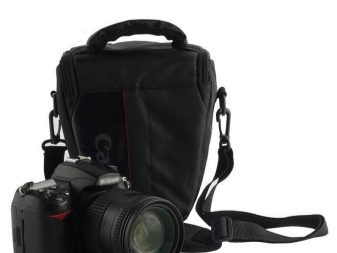
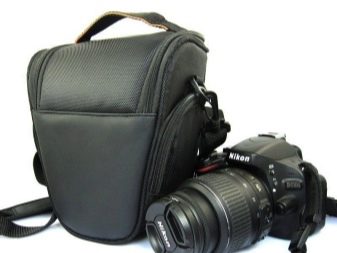
If you compare equipment from two manufacturers, they will also differ in size. The body of a Canon camera is larger than cameras of other brands. The same applies to optics. In particular, the kit lenses from Nikon are small in size. The above should be considered when selecting accessories. The safety of the equipment will depend on how correctly the bag is selected.

Material
The bags are made of high quality synthetic fabrics. The most popular materials for sewing are nylon, polyester, polyurethane, which are resistant to premature wear. The need to use durable, waterproof fabrics is due to the fact that most cameras cannot withstand moisture. Thanks to the use of covers and photo bags, the equipment can be taken with you in bad weather and in rapidly changing climatic conditions.
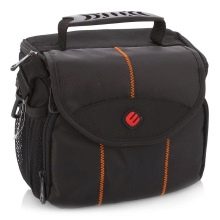
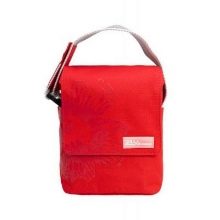
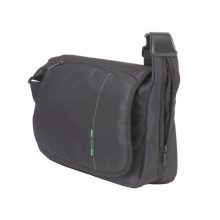
The accessories will also protect the equipment from direct sunlight, as the materials will absorb excess heat. The inner lining is made of a soft material that additionally protects the camera from shock. In addition, the bags contain special partitions, with which you can adjust the size of the main compartment, taking into account the dimensions of the equipment.
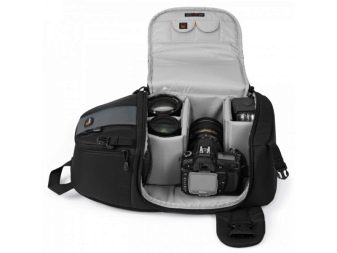
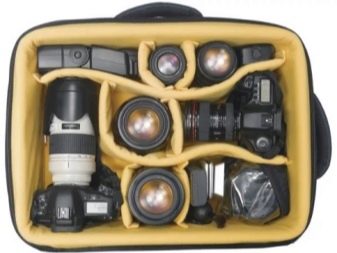
Zippers and bag fasteners are made of metal with anti-corrosion coating. Textile straps do not stretch, retain their size after prolonged use, and fastexes and clips are resistant to external influences. These details are easy to fasten and unfasten, which allows you to quickly adjust the length of the straps, open the bag.
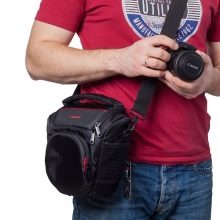
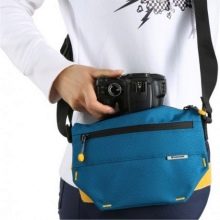
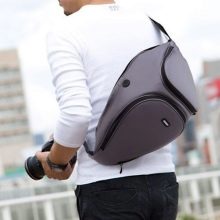
The advantage of the materials from which the photo bags are made is that they are easy to clean and wash. This feature of accessories is relevant because during shooting they often have to be placed on the ground or floor, which affects the aesthetic characteristics. It is enough to wipe the outer surface of the cover to put it in order. If the lining is dirty, you can use laundry soap or powder.

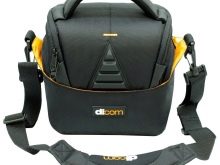

Views
Depending on the size of the equipment, certain camera models and the number of transported accessories, there are several types of bags:
- Professional photographers prefer larger models, since they need to carry not only the camera itself, but also interchangeable lenses, external flash, batteries;
- An amateur does not need such a quantity of equipment, because diminutiveness is one of the main requirements that he places on a product.
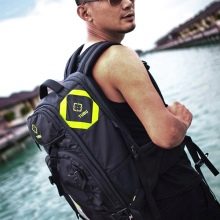
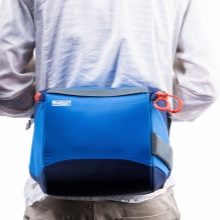
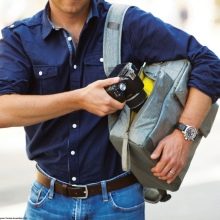
There are several types of camera carrying accessories.
Shoulder bag
The most common model, available in different sizes and suitable for the needs of amateurs and professionals. In addition to the main compartment, the accessory is equipped with side and inner pockets for carrying cables, chargers, memory cards or a second lens. Manufacturers create both small photo bags and large ones, designed to transport a large amount of equipment.
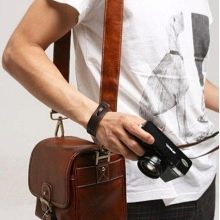
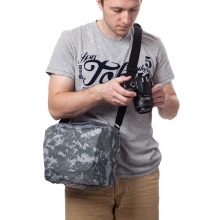

The models are supplemented with a soft lining that protects the equipment from shock. The bags are equipped with a long strap, thanks to which they can be slung over the shoulder. Also, the models have a short handle for carrying the camera in hand. The shape of the accessory varies from brand to brand. There are rectangular, trapezoidal, square models.
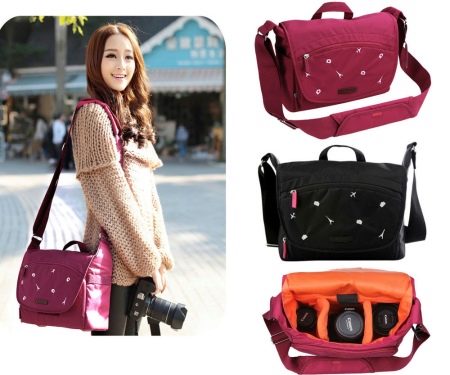
Wardrobe trunk and cover
The peculiarity of such accessories is that they, as a rule, repeat the shape of the camera. Only a camera with a lens is placed inside, sometimes the accessory may have small pockets for storing small items. The cases and cases are equipped with a strong inner frame that is shockproof and resistant to wear and tear. Thanks to him, the equipment will not dangle during transportation.

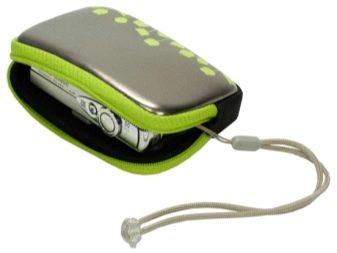
Waist bag
This type of accessories is quite rare in stores and is not suitable for transporting large cameras.The accessory is equipped with an adjustable strap that attaches to the belt. When carrying the bag, it should be securely fastened to keep the camera safe and sound. The model allows you to free your hands, less stress on the spine.
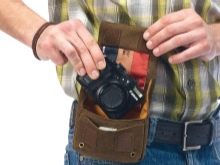
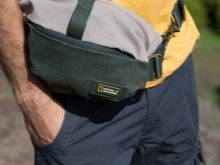
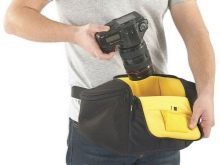
Photo backpack
Option for professionals. Inside there are special compartments for storing the camera carcass, lenses, memory cards, cables and other things. If necessary, even items that are not directly related to shooting can fit into the backpack. In particular, you can put a wallet, phone, keys there, which eliminates the need to take another bag with you.

Large photo backpacks contain a full-frame camera, several prime lenses (portrait, wide-angle, standard) and a telephoto lens (for example, with a focal length of 70-200 mm). The accessory will hold a battery pack, flash and batteries for it, optics cleaners, external light. There are models of backpacks to which tripods are attached, as well as those in which reflectors are carried.
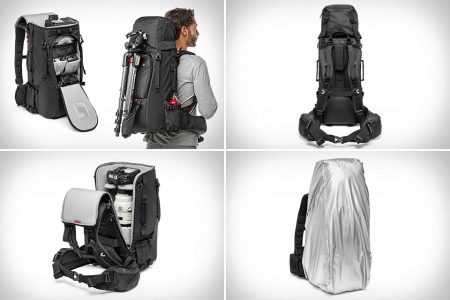
Sling bag
Such models are a cross between a backpack and a bag. They have only one strap, are smaller in size and are relatively light in weight. The advantage of the accessory is that it can be easily thrown from back to shoulder when you need to get the camera out. And the compactness of the sling bag makes it suitable for travel.
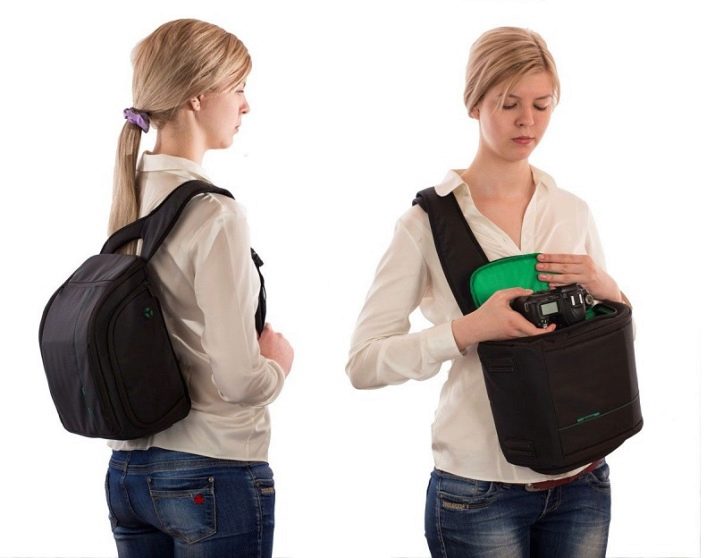
However, the model also has a number of disadvantages. When a photographer has to take a lot of equipment with him, a backpack with one strap will not distribute the weight evenly, which has a negative effect on the back. In addition, the strap can dig into the chest, restraining the photographer's movement.
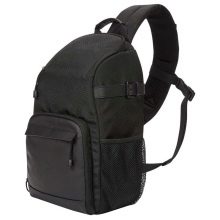


Manufacturers
Many brands are engaged in the development of camera bags, including Case Logic, Lowepro, Golla, Kata, Dicom, Vanguard. Branded accessories differ in price, quality and design.
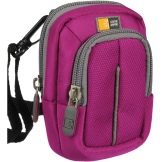

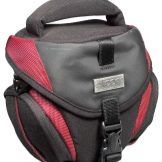
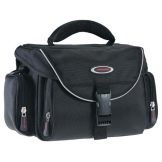


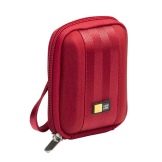

The collections and the chosen target audience differ. Golla focuses on compact camera owners and creates matching cases and cases. And the Lowepro line of photo bags is characterized by diversity, as the brand creates accessories for both professionals and amateurs.
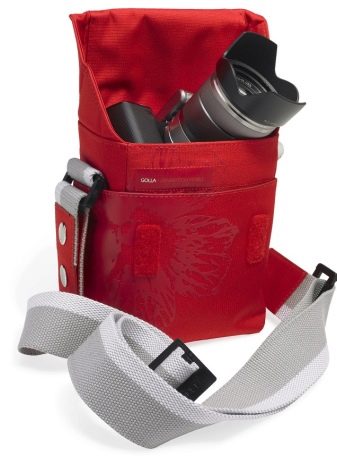
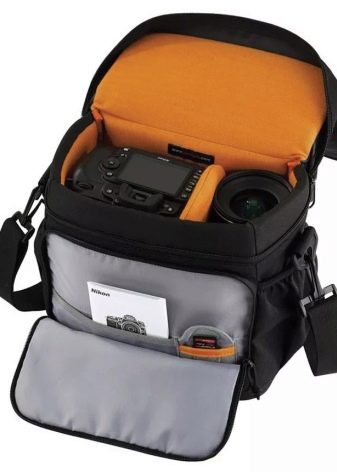
High quality budget accessories are presented in the Dicom collections... This brand creates bags available to the general consumer. However, it should be borne in mind that they are mainly sewn from textiles, therefore they are slightly less durable.
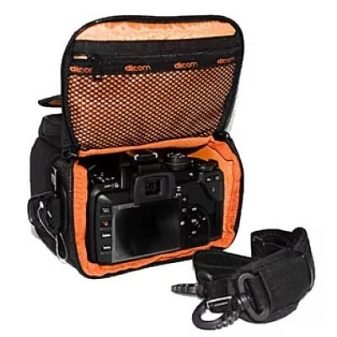
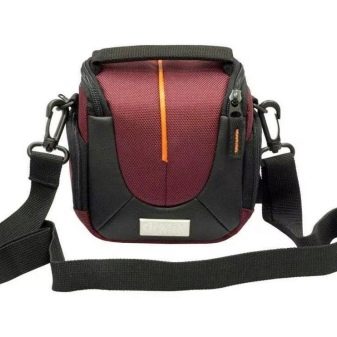
Those who value the use of innovative technologies when sewing photographic bags can look at Vanguard, which develops models for use in particularly extreme conditions.

How to choose?
When buying a new camera, newbies often ask themselves, "What kind of bag do they need?" By choosing wisely, the owner is able to extend the life of the camera and make its transportation as comfortable as possible. An important factor in the selection of an accessory is also the habits of each individual person. For some, it is important to free their hands, others will prefer to walk light and settle on the smallest covers.

There are some general tips for choosing the right camera bag:
- The accessory must match the size of the camera... You should not take a roomy backpack if you only plan to carry a camera with one lens. In contrast, when a person wants to subsequently purchase additional optics or an external flash, a larger bag will suit him;
- Pay attention to the material from which the accessory is sewn... Lower quality bags can be made of textiles without soft inner lining;
- The number of internal compartments and partitions depends on how much component a person will carry with him. If the owner of the camera is going to constantly take an additional battery, a cable for connecting to a computer, several memory cards and means for cleaning optics, you should opt for models with many pockets and compartments;
- The type of camera bag is selected depending on the needs of the owner... For a beginner, a small case is suitable, where only the camera fits. A backpack is an option for more advanced hobbyists;
- Design plays an important role for those who follow their style. Solid black bags are less messy, versatile and go with any outfit. In the collections of different brands, you can find colorful models decorated with contrasting inserts. There are also bags with reflective elements.
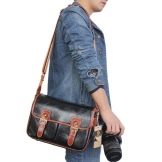
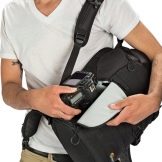
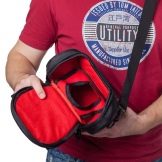
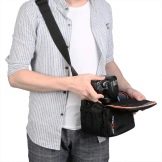

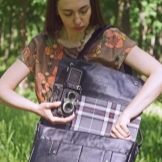
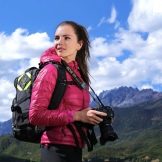

By following these tips, camera owners can find a bag to their liking. As their professionalism grows, photographers will be able to determine which case characteristics come first to them. To begin with, it is worth stopping the choice on those models that will be most comfortable to carry.








